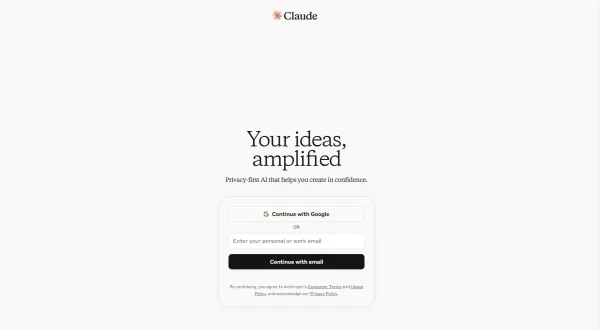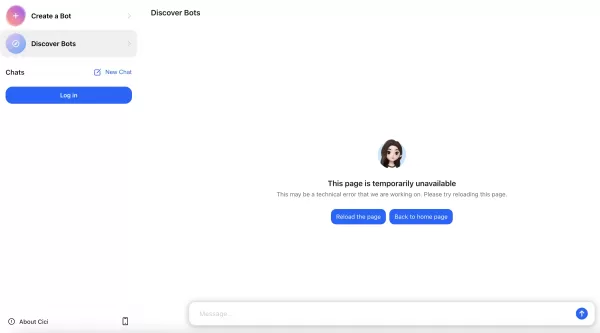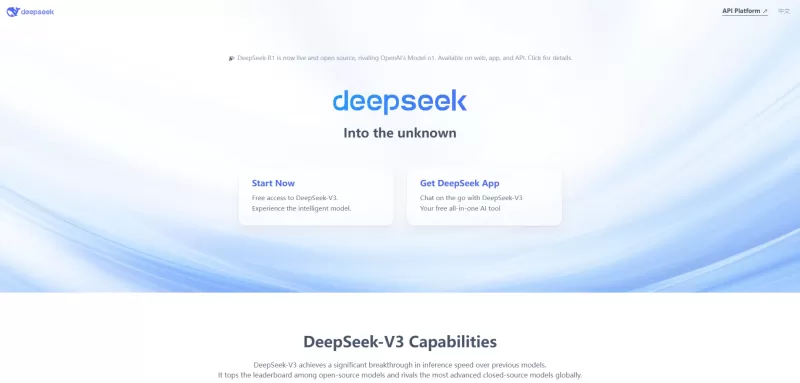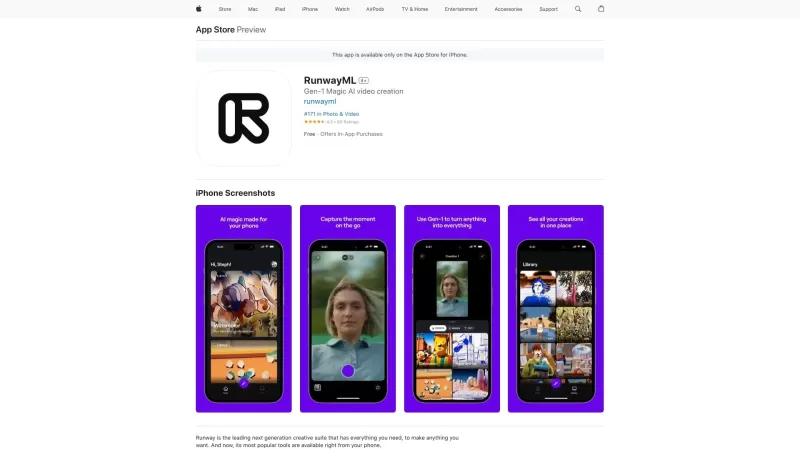Sneak Peek: Adobe's Latest Projects Feature Advanced AI Agents

Project Site Leap
Project Panorama
Navigating user interactions on mobile apps can be complex due to the myriad elements like screens, offers, and messages. Project Panorama simplifies this by offering a visual map of the user's journey. This real-time map tracks performance metrics and user behavior, detailing each page and screen. Marketers can then deploy new offers and messages directly from the interface, optimizing user engagement without needing additional code.
Project Vision Cast
Collaboration between marketers and creatives can often be challenging. Project Vision Cast uses generative AI to bridge this gap by combining data insights with brand imagery to create preliminary interpretations of new product concepts. These rough drafts are then shared with Adobe's Project Concept, facilitating brainstorming and collaboration between teams.
Related article
 Master Emerald Kaizo Nuzlocke: Ultimate Survival & Strategy Guide
Emerald Kaizo stands as one of the most formidable Pokémon ROM hacks ever conceived. While attempting a Nuzlocke run exponentially increases the challenge, victory remains achievable through meticulous planning and strategic execution. This definitiv
Master Emerald Kaizo Nuzlocke: Ultimate Survival & Strategy Guide
Emerald Kaizo stands as one of the most formidable Pokémon ROM hacks ever conceived. While attempting a Nuzlocke run exponentially increases the challenge, victory remains achievable through meticulous planning and strategic execution. This definitiv
 AI-Powered Cover Letters: Expert Guide for Journal Submissions
In today's competitive academic publishing environment, crafting an effective cover letter can make the crucial difference in your manuscript's acceptance. Discover how AI-powered tools like ChatGPT can streamline this essential task, helping you cre
AI-Powered Cover Letters: Expert Guide for Journal Submissions
In today's competitive academic publishing environment, crafting an effective cover letter can make the crucial difference in your manuscript's acceptance. Discover how AI-powered tools like ChatGPT can streamline this essential task, helping you cre
 US to Sanction Foreign Officials Over Social Media Regulations
US Takes Stand Against Global Digital Content Regulations
The State Department issued a sharp diplomatic rebuke this week targeting European digital governance policies, signaling escalating tensions over control of online platforms. Secretary Marco
Comments (2)
0/200
US to Sanction Foreign Officials Over Social Media Regulations
US Takes Stand Against Global Digital Content Regulations
The State Department issued a sharp diplomatic rebuke this week targeting European digital governance policies, signaling escalating tensions over control of online platforms. Secretary Marco
Comments (2)
0/200
![CharlesThomas]() CharlesThomas
CharlesThomas
 September 20, 2025 at 2:30:38 AM EDT
September 20, 2025 at 2:30:38 AM EDT
Adobe這預覽功能真的令人期待!AI助手越來越強大,不過希望正式發布後價格別太貴啊...畢竟創作者們的荷包也是有限的 😅


 0
0
![BruceBrown]() BruceBrown
BruceBrown
 August 15, 2025 at 7:00:59 AM EDT
August 15, 2025 at 7:00:59 AM EDT
Adobe's AI agents sound like a game-changer! Can't wait to see how they make creative workflows smoother. 😎 Anyone else excited for Photoshop's smart edits?


 0
0

Project Site Leap
Project Panorama
Navigating user interactions on mobile apps can be complex due to the myriad elements like screens, offers, and messages. Project Panorama simplifies this by offering a visual map of the user's journey. This real-time map tracks performance metrics and user behavior, detailing each page and screen. Marketers can then deploy new offers and messages directly from the interface, optimizing user engagement without needing additional code.
Project Vision Cast
Collaboration between marketers and creatives can often be challenging. Project Vision Cast uses generative AI to bridge this gap by combining data insights with brand imagery to create preliminary interpretations of new product concepts. These rough drafts are then shared with Adobe's Project Concept, facilitating brainstorming and collaboration between teams.
 Master Emerald Kaizo Nuzlocke: Ultimate Survival & Strategy Guide
Emerald Kaizo stands as one of the most formidable Pokémon ROM hacks ever conceived. While attempting a Nuzlocke run exponentially increases the challenge, victory remains achievable through meticulous planning and strategic execution. This definitiv
Master Emerald Kaizo Nuzlocke: Ultimate Survival & Strategy Guide
Emerald Kaizo stands as one of the most formidable Pokémon ROM hacks ever conceived. While attempting a Nuzlocke run exponentially increases the challenge, victory remains achievable through meticulous planning and strategic execution. This definitiv
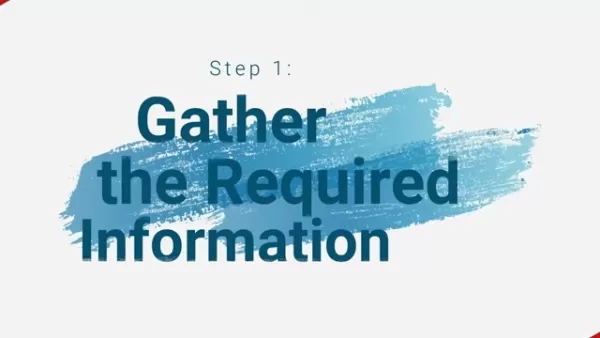 AI-Powered Cover Letters: Expert Guide for Journal Submissions
In today's competitive academic publishing environment, crafting an effective cover letter can make the crucial difference in your manuscript's acceptance. Discover how AI-powered tools like ChatGPT can streamline this essential task, helping you cre
AI-Powered Cover Letters: Expert Guide for Journal Submissions
In today's competitive academic publishing environment, crafting an effective cover letter can make the crucial difference in your manuscript's acceptance. Discover how AI-powered tools like ChatGPT can streamline this essential task, helping you cre
 US to Sanction Foreign Officials Over Social Media Regulations
US Takes Stand Against Global Digital Content Regulations
The State Department issued a sharp diplomatic rebuke this week targeting European digital governance policies, signaling escalating tensions over control of online platforms. Secretary Marco
US to Sanction Foreign Officials Over Social Media Regulations
US Takes Stand Against Global Digital Content Regulations
The State Department issued a sharp diplomatic rebuke this week targeting European digital governance policies, signaling escalating tensions over control of online platforms. Secretary Marco
 September 20, 2025 at 2:30:38 AM EDT
September 20, 2025 at 2:30:38 AM EDT
Adobe這預覽功能真的令人期待!AI助手越來越強大,不過希望正式發布後價格別太貴啊...畢竟創作者們的荷包也是有限的 😅


 0
0
 August 15, 2025 at 7:00:59 AM EDT
August 15, 2025 at 7:00:59 AM EDT
Adobe's AI agents sound like a game-changer! Can't wait to see how they make creative workflows smoother. 😎 Anyone else excited for Photoshop's smart edits?


 0
0
